



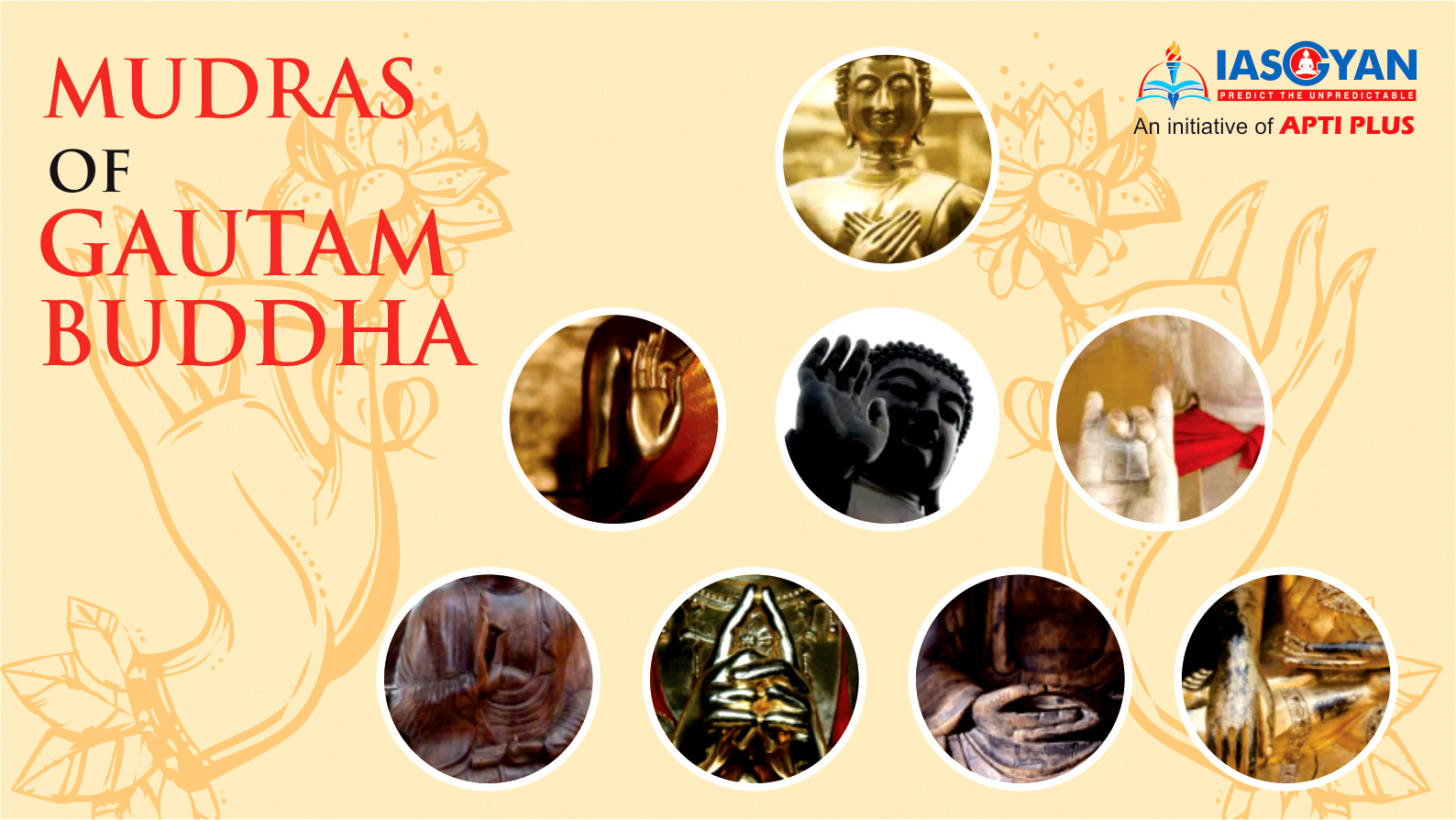
A Buddha image can have one of several common mudras, combined with different asanas. Mudras are a non-verbal mode of communication and self-expression, consisting of hand gestures and finger postures.
The significance of these mudras can be gauged from the fact that each of the five transcendental (Dhyani) Buddhas is assigned one of these mudras, and they are invariably depicted in visual arts with this particular mudra only.
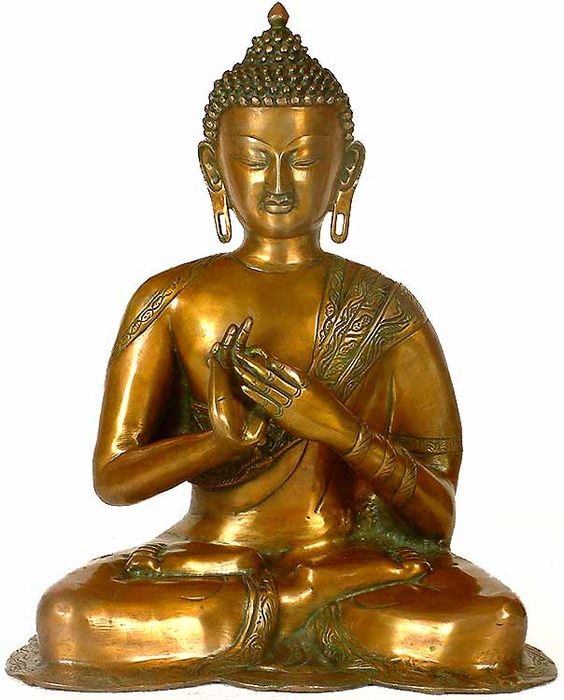
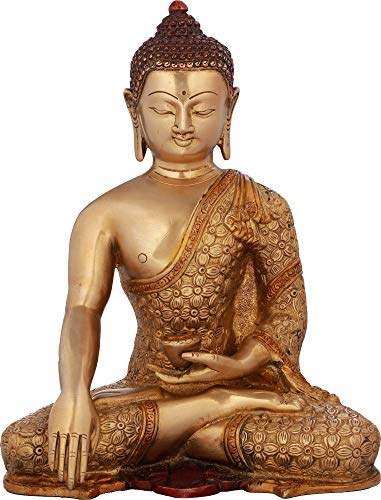
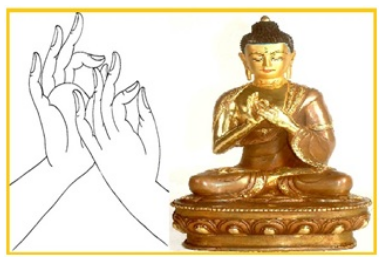
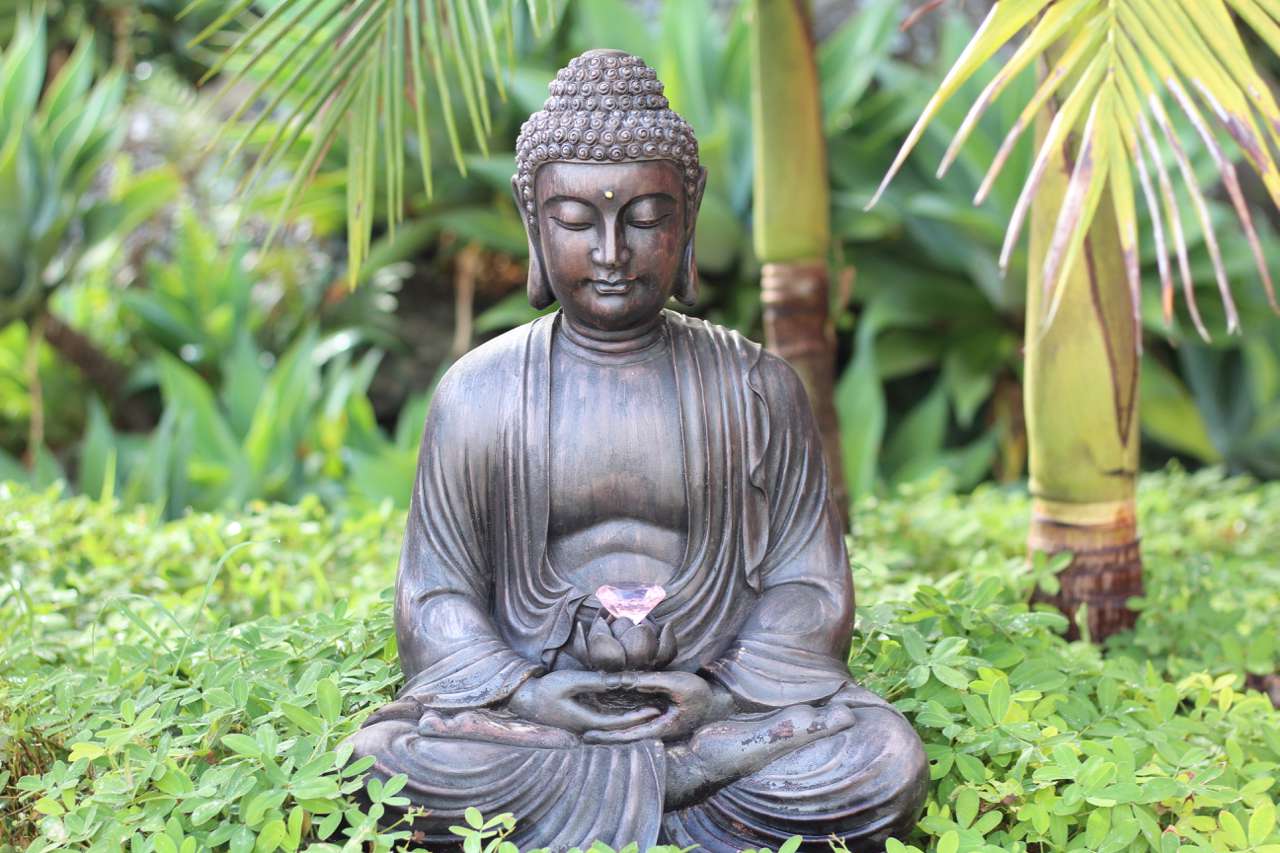
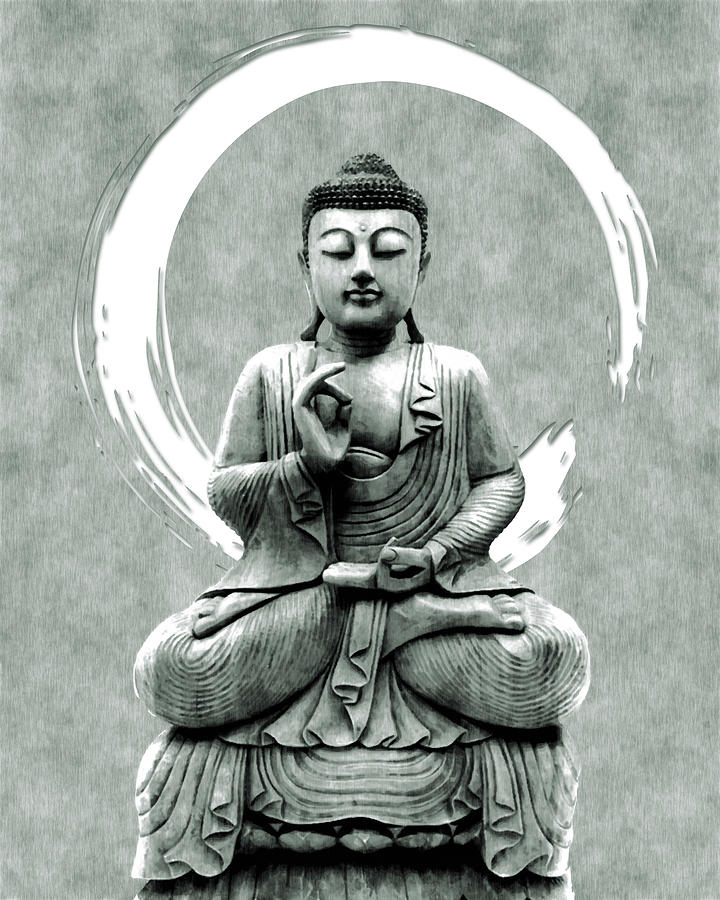
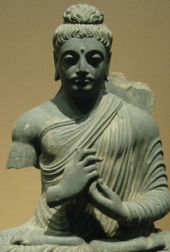
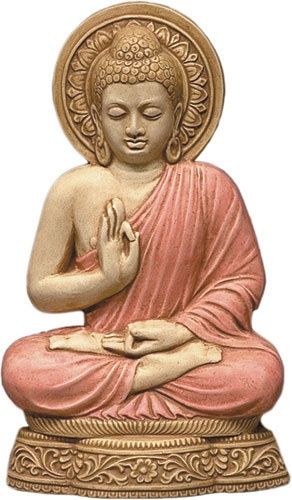
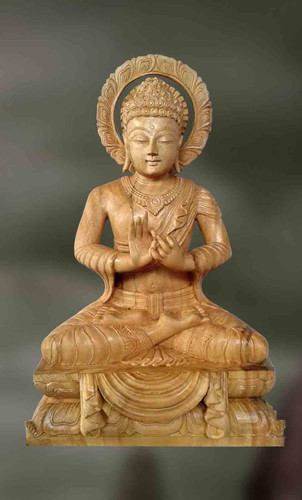
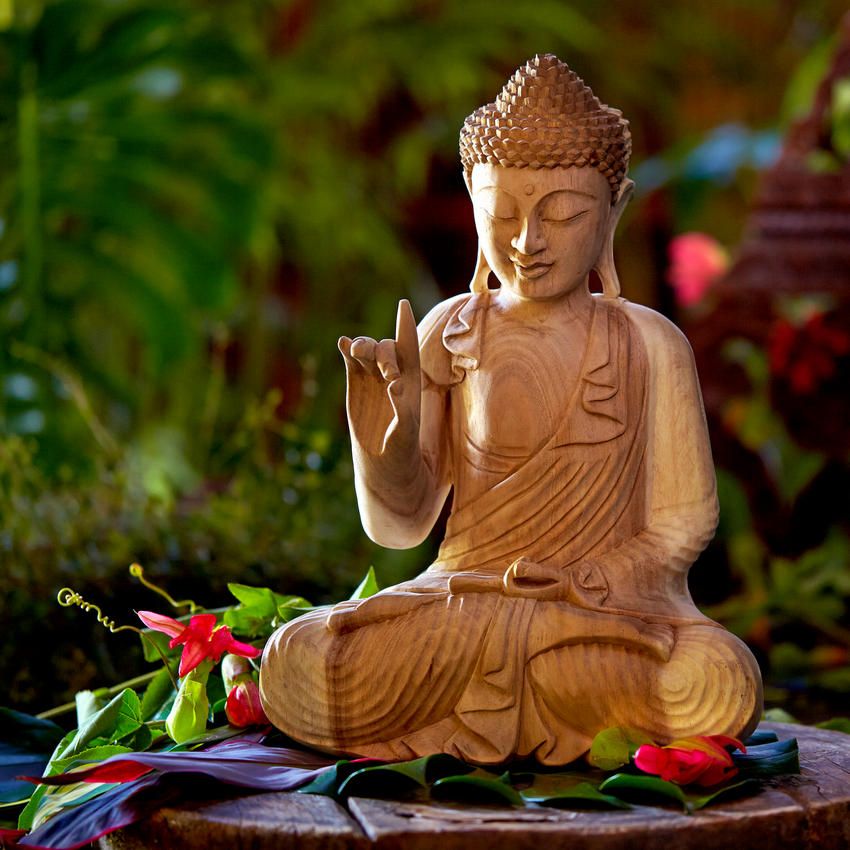
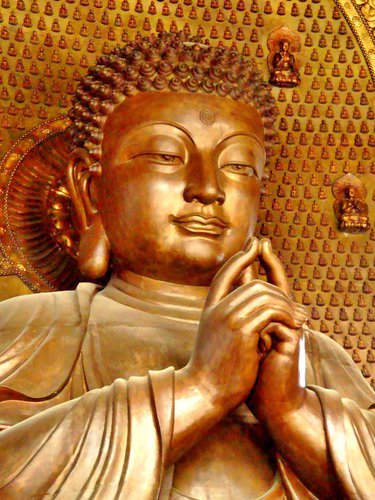
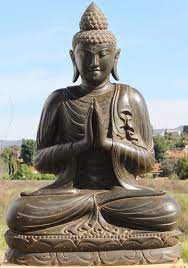

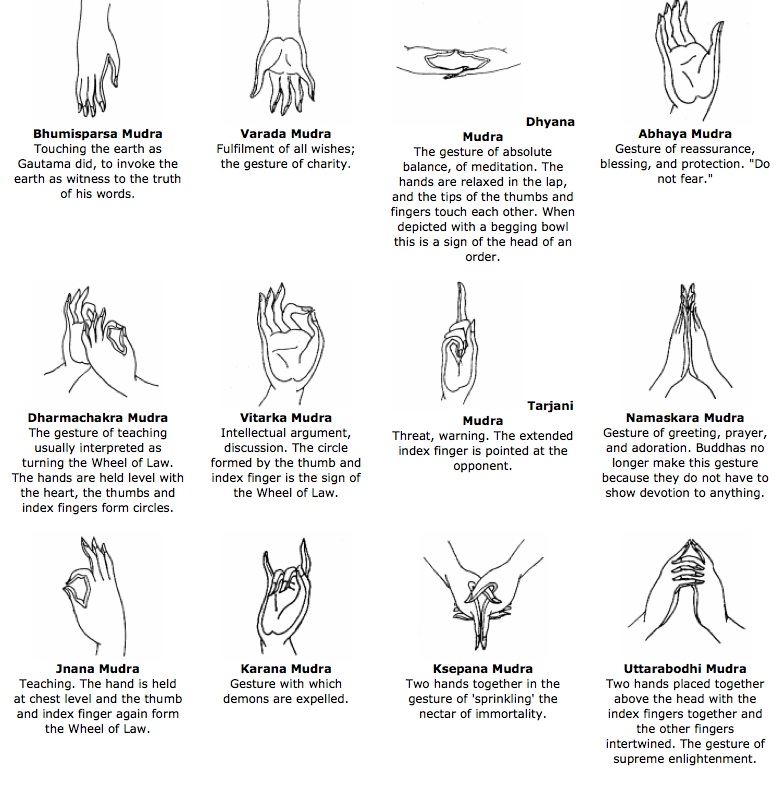
© 2025 iasgyan. All right reserved